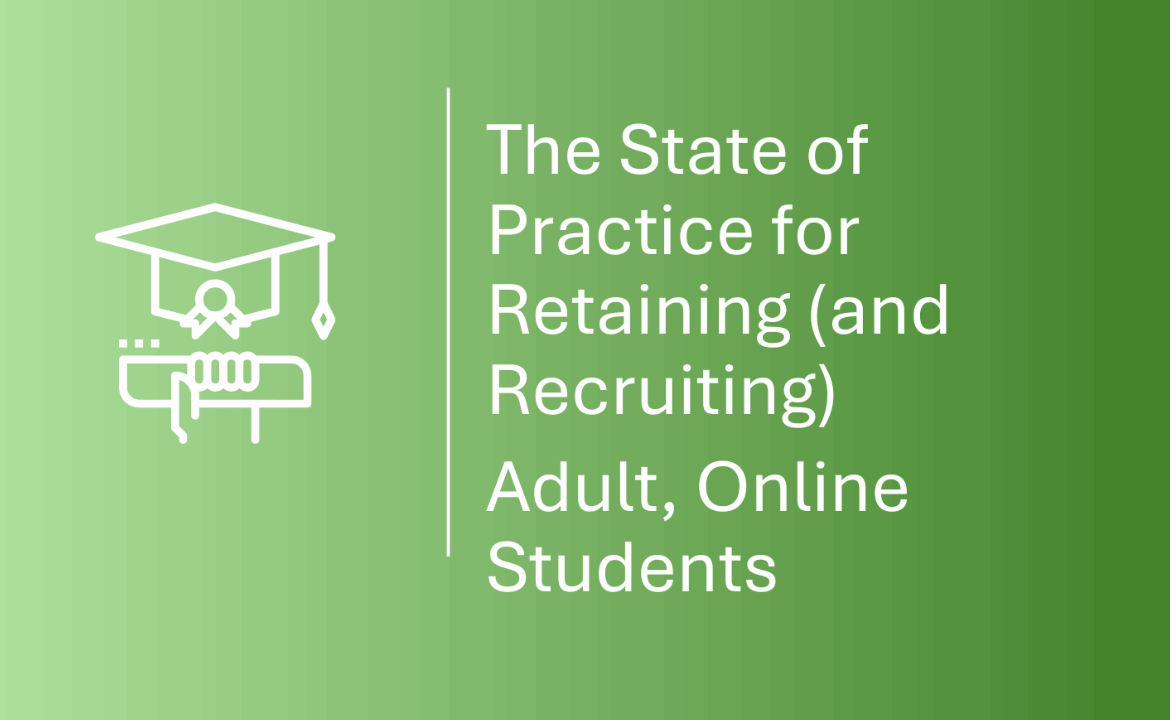Rhonda’s Path to Success
Rhonda is juggling work, family, and her Business Administration degree... and thriving. Going back to school as an adult isn’t easy. Daily responsibilities can make it feel out of reach. But Rhonda proves it’s possible, with determination and the right support.
Meet Rhonda
Rhonda is pursuing a Business Administration degree with a concentration in Management. She’s always been passionate about leadership, problem-solving, and helping organizations run more efficiently. She describes herself as “leading from the back, behind the curtains,” letting others shine while guiding teams toward success.
Rhonda’s journey hasn’t been straightforward. She attended college before but had to stop multiple times. Returning
Read More
Categories:
News & Research, Students, Uncategorized







